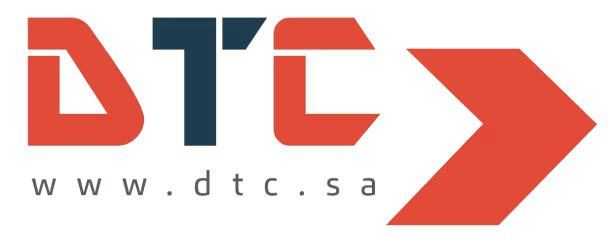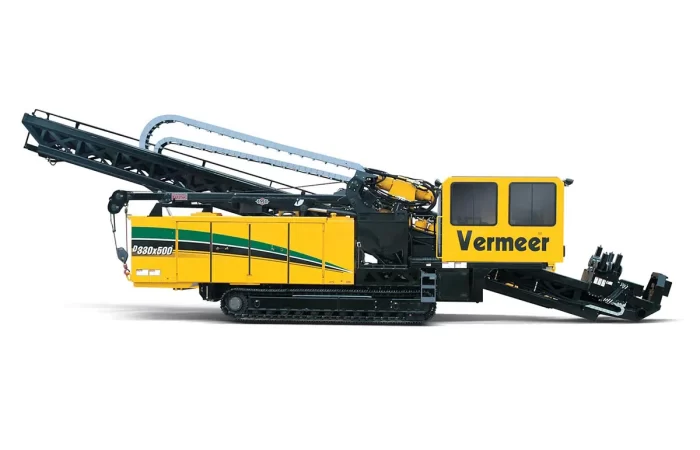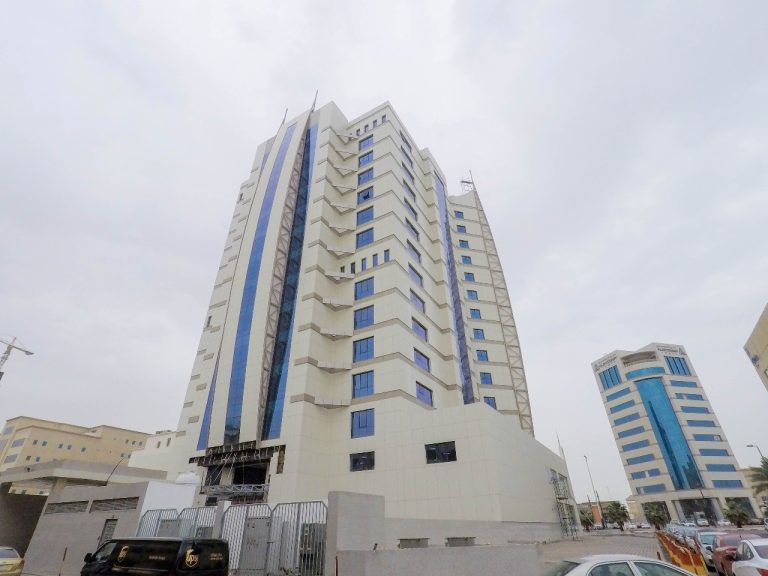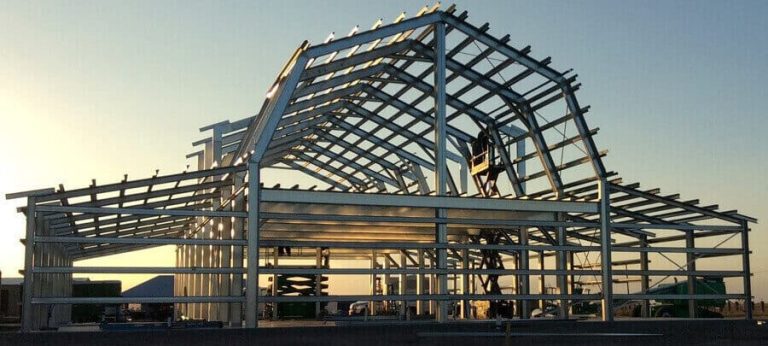Horizontal Directional Drilling (HDD) Rigs: Technology That’s Reshaping Underground Construction
Horizontal Directional Drilling (HDD) rigs are at the forefront of trenchless technology, enabling the installation of underground utilities with minimal surface disruption. As urban development intensifies and environmental regulations tighten, HDD rigs have become essential tools for infrastructure projects involving water lines, gas pipelines, electrical conduits, telecommunications, and more.
What is a Horizontal Directional Drilling (HDD) Rig?
An HDD rig is a specialized piece of equipment designed to drill along a pre-determined underground path, horizontally or at shallow angles. These rigs allow contractors to bore beneath obstacles like roads, rivers, buildings, and environmentally sensitive areas without digging open trenches.
Key Components of an HDD Rig:
-
Drill Rig (Power Unit): The main engine and control center of the system. It provides the torque and thrust required to drive the drill head.
-
Drill Rods (or Drill Pipe): Connected end-to-end, these rods extend the drilling reach and transmit force from the rig to the drill bit.
-
Drill Bit (or Cutting Head): The tool that cuts through soil or rock, often equipped with jetting nozzles for fluid-assisted cutting.
-
Mud System (Drilling Fluid Unit): Circulates drilling mud (usually bentonite-based) to stabilize the borehole, cool the drill bit, and carry cuttings back to the surface.
-
Reaming Tools: Enlarges the borehole after the pilot hole is completed, preparing it for product pipe installation.
-
Product Pipe: The final utility (pipe or conduit) pulled through the borehole in the last stage.
How HDD Rigs Work: The Three Phases
1. Pilot Hole Drilling
The drill rig bores a small-diameter pilot hole following a planned underground path. The drill operator uses a steering system to guide the drill head precisely.
2. Reaming (Hole Enlargement)
Once the pilot hole is complete, the rig pulls back a larger reamer to widen the borehole to the desired diameter, depending on the product pipe’s size.
3. Pullback (Product Installation)
Finally, the utility pipe or conduit is attached behind the reamer and pulled through the borehole from the exit point to the entry point.
Advantages of HDD Rigs
-
Minimal Surface Disruption: Ideal for urban or environmentally sensitive areas.
-
Cost-Effective in Complex Terrains: Reduces restoration and labor costs.
-
Environmentally Friendly: Minimal excavation and reduced ecological footprint.
-
Safe Around Existing Infrastructure: Lowers the risk of utility strikes.
-
Long-Distance Capabilities: Some rigs can install pipelines over hundreds of meters with a single setup.
Types of HDD Rigs
Mini Rigs (Small to Medium Projects)
-
Suitable for short-distance utility installations (fiber optic cables, gas lines).
-
Easy to transport and operate in confined spaces.
Mid-Size Rigs
-
Used for urban infrastructure, commercial projects, or crossings under rivers and highways.
Maxi Rigs (Large-Scale Projects)
-
High-powered rigs used for oil and gas pipelines, long-distance water transmission, or major river crossings.
Common Applications of HDD Rigs
-
Municipal Utilities: Water, sewer, and gas installations.
-
Telecommunications: Laying fiber optic cables with minimal service disruption.
-
Oil & Gas: Pipeline installations in sensitive or challenging environments.
-
Transportation Projects: Boring under roads, railways, or airport runways.
The Future of HDD Rigs
Advancements in automation, GPS-based steering systems, and remote monitoring are making HDD rigs smarter and more efficient. As cities continue to grow and the demand for underground infrastructure increases, HDD rigs will remain vital to sustainable development.
Conclusion
Horizontal Directional Drilling rigs are transforming the way we approach underground construction. Offering a cleaner, safer, and more efficient alternative to traditional trenching, HDD rigs are the backbone of modern utility installation. Whether you’re crossing a river, navigating a busy downtown, or working in protected wetlands, HDD provides a smart solution to today’s complex infrastructure challenges.
